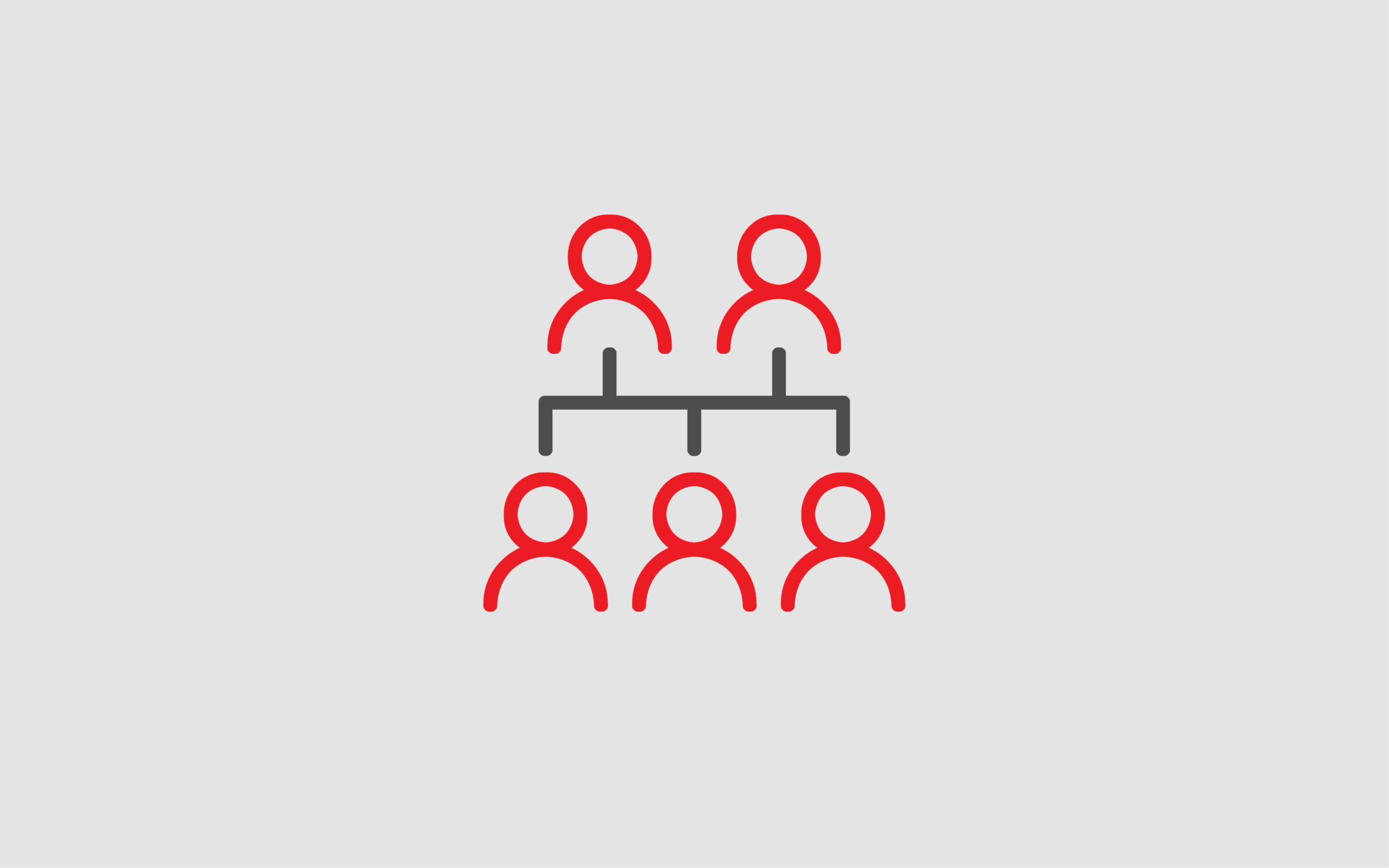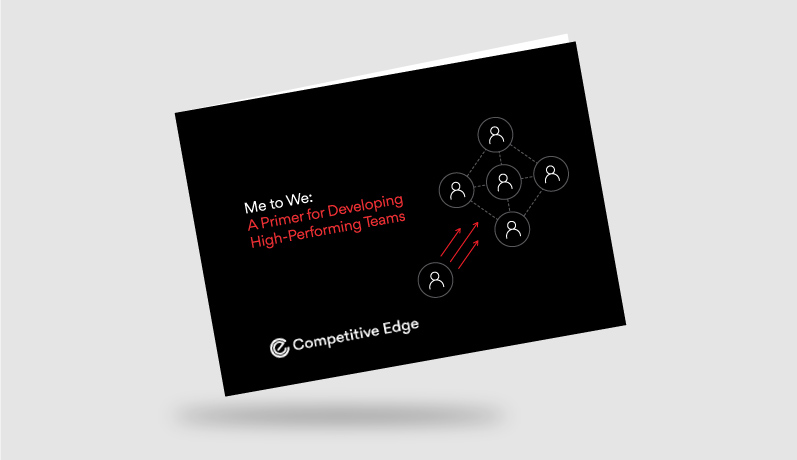Have you ever wondered why your younger colleagues prefer instant messaging over phone calls or why older team members hesitate to embrace the latest software?
As the average lifespan increases and retirement ages rise, so many of today’s workforces are becoming increasingly age-diverse, meaning leaders face particular challenges when trying to get the most from their people.
More and more organisations now have an intergenerational workforce, which can include employees from up to five generations:
- Silent Generation (born between 1928 and 1945)
- Baby Boomers – (born between 1946 and 1964)
- Generation X – (born between 1965 and 1980)
- Millennials – (born between 1981 and 1996)
- Generation Z – (born between 1997 and 2012)
Although each brings knowledge, experience, and fresh perspectives to organisations, managing such a diverse group requires a strategic approach to leverage these varied strengths effectively.
The Strengths of an Intergenerational Workforce
An intergenerational workforce offers numerous benefits, chief among them being diverse professional perspectives. Each generation is shaped by different cultural, economic, and technological contexts, which influence their attitudes, work styles, and problem-solving approaches. While no single generation holds a monopoly on any trend, the historical context unique to each has significantly influenced these patterns.
For example…
Baby Boomers, having experienced the post-war economic boom, often bring a wealth of experience and a strong work ethic. Meaning they can offer valuable insights into long-term strategic planning and customer relationship management.
Generation X, known for its adaptability and resourcefulness, came of age during a time of rapid technological change and economic uncertainty. This has made them skilled at managing change and navigating complex challenges. They are often pragmatic and solution-oriented, making them excellent problem solvers who can bridge the gap between the more traditional Baby Boomers and the tech-savvy younger generations.
Millennials, who have grown up with the internet and social media, are adept at using technology to enhance productivity and communication. They are often values-driven and seek employers who align with their personal beliefs and priorities, such as social responsibility and environmental sustainability. This generation brings fresh ideas and a collaborative spirit to the workplace.
Generation Z, the youngest cohort in the workforce, is the first truly digital native generation. They are comfortable with digital technologies and expect a seamless integration of these tools into their work environments. Gen Z values diversity, inclusion, and work-life balance, and they often look for employers who provide opportunities for professional growth and flexibility.
Challenges of Managing an Intergenerational Workforce
Stereotypes and Bias: Assumptions or sweeping generalisations about a generation lead to the formation of stereotypes or biases, projecting the perceived shortcomings of a few onto the entire group. These age-based stereotypes can create significant barriers to collaboration and productivity. For example, there may be assumptions that older employees are resistant to new technologies or that younger employees lack the experience to make critical decisions.
These biases can lead to misunderstandings and hinder teamwork. It is essential to actively work against these stereotypes and encourage an environment of mutual respect and understanding. The ripple effect of these behaviours will reinforce silo mentality and stifle innovation. Leading to missed opportunities for growth. Is this happening in your business?
Communication Styles: One of the primary challenges of managing a multigenerational workforce is navigating the different communication preferences. For example, while older generations may prefer formal, written communication such as emails, younger employees may favour more informal, instant messaging apps or collaborative platforms like Slack. Understanding these preferences and finding a middle ground is crucial for effective communication.
The challenge lies in recognising the value each communication channel offers depending on the context. Ensuring your team understand this is essential for fostering cohesion and acceptance of generational differences. Are unhelpful assumptions prevalent in your organisation?
Varying Expectations: Different generations may have different expectations regarding career progression, work-life balance and job security. For instance, while Baby Boomers might prioritise job stability and long-term employment, Millennials and Gen Z may be more focused on career development opportunities and flexible working conditions. Addressing these varying expectations requires a flexible approach to management and HR policies.
In her book ‘Introducing Gentelligence: Leveraging the Power of the Ages’ Megan Gerhardt, a Professor of Management and Leadership at the Farmer School of Business at Miami University, states that Gentelligence® is the ability to break down age-based tensions and build up intergenerational trust.
Professor Gerhardt outlines this four-stage strategy for developing a Gentelligent® workforce:
- Identify Assumptions: Recognise and challenge any preconceived notions or stereotypes you may hold about different generations, ensuring a more open-minded and accurate understanding of their perspectives.
- Adjust Your Lens: Develop empathy by understanding the unique historical and cultural contexts that have shaped each generation’s experiences and viewpoints, allowing for more tailored and effective communication.
- Strengthen Trust: Build trust by aligning your communication and actions with each generational cohort’s specific values and concerns, demonstrating authenticity and respect.
- Expand the Pie: Foster a collaborative environment that leverages all generations’ diverse strengths and insights, creating innovative solutions and mutual benefits that enhance overall organisational success.
“Gentelligence® pushes back on the idea of generational competition, replacing it with the idea that people of all ages can benefit from the potential of intergenerational power.”
– Megan Gerhardt
Insights like this align perfectly with our ‘Me to We’ Philosophy, which is about developing a culture that recognises the importance of positive interactions between your people. In the context of age diversity, this enables us to understand better why differences exist and see our interactions with those older and younger than ourselves as opportunities for learning and connection rather than threats to our success.
This approach can help organisations tap into each generation’s unique potential, fostering innovation, collaboration, and resilience.
Strategies for Leveraging Intergenerational Talent – How does your organisation score against each?
Creating a Culture of Respect and Inclusion: Fostering a culture that values contributions from all age groups is critical. This can be achieved by promoting diversity and inclusion initiatives that specifically address age diversity. Encouraging mentorship programmes where older employees can share their experiences and younger employees can offer insights into new technologies and trends can help bridge the generational divide.
Inclusive Communication: Organisations should adopt a multi-channel communication strategy to facilitate effective communication across generations. This includes combining traditional face-to-face meetings and emails with digital tools such as video conferencing and instant messaging. By providing multiple communication options, organisations can ensure that all employees have access to the information they need in a format that suits them.
Flexible Work Arrangements and Development Opportunities: Offering flexible work arrangements, such as remote working options and flexible hours, can accommodate the diverse needs of an intergenerational workforce. Additionally, providing a range of professional development opportunities, from traditional training sessions to online courses, ensures that employees of all ages can continue to learn and grow within the organisation. Tailoring these opportunities to meet the different career stages and learning preferences of each generation can help retain talent and boost morale.
Integrating Age into Your DEI Strategy
Many organisations have pledged to prioritise Diversity, Equity, and Inclusion (DEI), but their DEI strategies often overlook the value of an intergenerational workforce. Recognising age diversity as a critical component of overall diversity initiatives ensures equitable practices that acknowledge and value the contributions of all age groups. This means developing policies that not only prevent age discrimination but actively promote age diversity as an asset. By doing so, companies can move beyond token gestures and create a workplace culture that genuinely values and utilises the strengths of an intergenerational workforce.
In today’s increasingly age-diverse workplace, organisations that successfully manage and leverage an intergenerational workforce can gain a significant competitive advantage. By recognising the value of age diversity, companies can foster a culture of inclusivity and mutual respect, enhancing employee satisfaction and driving innovation and productivity.
By acknowledging and valuing the unique strengths and perspectives each generation brings, organisations can build a ‘Me to We’ culture with stronger, more cohesive teams that are better equipped to tackle the challenges of the modern business landscape.

